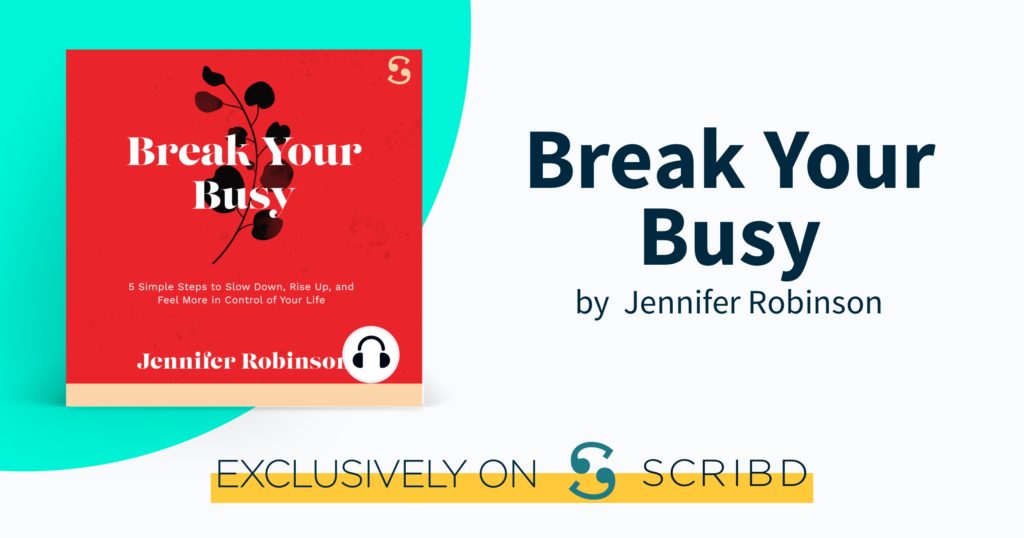Have you ever felt your heart racing, your muscles tensing, and an overwhelming urge to confront a difficult situation head-on? That’s the “fight” response, a primal and relatable reaction to anxiety. It is like summoning your inner warrior, ready to stand your ground and tackle the perceived enemy before you.
The “fight response” is only one of three possible reactions to an anxious situation, others being “flight” (run away!), freeze (paralysis) and fawn (faking it). In this blog we are going to explore how a fight reflex can transform into an angry outburst and some tools to mitigate this metamorphosis.
Consider the Situation
Sandy has a nine-year-old daughter named “Emma.” Emma is a well-adjusted little girl, curious and bright. She is also quite spirited and, like most nine-year-olds, has moments of defiance and upset when she does not get her way. Emma is invited to a classmate’s birthday party. Upon entering the party, Emma looks around and realizes she does not know many of the other children present. She falls silent and holds tightly to her mother’s hand. About 10 minutes later, you enter a room and see Sandy holding Emma down as she flails and screams. Her face is red and tear-stained and she is unrelenting.
Your initial thought may be “Oh, five-year-olds and their tempers!” or “Emma is just being Emma again!” You perceive Emma as angry perhaps about not getting her way about something. But what if she is not angry? What if she is not even perturbed? Or what if Emma is scared? What if, what you are seeing, began as a manifestation of the fight reflex because she was experiencing some social anxiety?
“Fight” Reflex
Anxiety-driven fight responses can be triggered by various stressors, perceived or otherwise. When the fight reflex is activated, individuals can experience a wide range of bodily responses, some of which are racing heartbeats, muscle tension, pupil dilation, and shallow breathing. Mentally, our mind is racing and we may become increasingly agitated, hyper vigilant, argumentative, even defiant and controlling.
In kids, the fight response may look like a tantrum, complete with face-down screaming and punching. As your kiddos get older, this behavior may morph into a more defiant or even silly behavior, and often a refusal to take responsibility for their actions. It is important to know where this big emotion is coming from – what sparked this moment? We cannot always assume it is rooted in anger. At this point the response has not yet become anger. Rather, the anxiety is triggered. The anger is yet to come.
Anger
So how does anger get triggered when in the midst of an anxiety response? How does that crossover occur? Anxiety triggers anger because it heightens the response to irritability. Let’s consider sweet Emma again.
Stepping into a room full of strangers may have triggered social anxiety. Perhaps she had expectations of seeing her friends and being with them. This is not the reality, though. She gets nervous, her fight reflex is engaged. She is then physically lashing out at her Mom. While in the midst of this situation, what was a feeling of helplessness turns into unbridled anger. As the anxiety intensified, the fight response escalated, leading to a tipping point where it transformed into anger. During this stage, the fight response, which initially served as a means of self-preservation, can evolve into anger as a way to regain a sense of control. Simply put, “The anxiety response of fighting is defensive while the anger response is offensive.” In all her fight, Emma may be struggling to regain some semblance of control over the situation. Her struggle is both physical and emotional.
Mitigation Strategies
Since anxiety and anger are both such strong emotions, there are some things that can help us rewrite the emotional dysregulation:
- “Learn your anxiety” – what I mean by this is knowing your triggers, knowing when you may be put in a situation in which you may be triggered. For those closest to you, let them know your triggers so they can either forewarn you in advance of or help you in the immediate situation. And let them know what it is that you need – water, a hug, space, air, etc.
- Prioritize your self-care. This means physically, mentally, and emotionally. Taking care of your needs is the first line of defense against anxiety.
- Mindfulness – Anxiety takes us out of our present time because we are either worrying about the future or ruminating about the past. Use grounding strategies, breathing techniques and meditation to help you stay in the present moment.
- Set guidelines for activities/experiences that may arouse anxious thoughts. For instance, if Sandy had known that Emma may now know many of the other children, she could have forewarned Emma, but also mentioned that they would stay for at least 45 minutes or perhaps a code word in the event that Emma needs to be excused for a moment. In this way, Emma knows what to expect but she also knows that she may only have to endure 45 minutes of it and she has a way out with her code word, if need be. It allows for her to build some resilience, work through her anxiety, and also honor her commitment to her friend on their birthday.
Conclusion
Within the gamut of human emotions, anger and anxiety are like distant cousins, sharing common threads of intensity and urgency. While anxiety often simmers below the surface (and may burst forth in a fight response), and is fueled by uncertainty, anger shows itself in response to perceived injustices or frustrations. Likewise, some of the mitigation strategies we spoke of can be used to quiet the volumes of both, clearing the way for our bodies and mind to stop racing and respond mindfully to the task before them.
However, the beauty of understanding these emotions lies in our ability to harness their power in a positive way. Anxiety reminds us to prepare and to stay vigilant, while anger urges us to protect our values and our boundaries. While these two emotions may have negative connotations, they are neutral in essence. Only in fully understanding and unpacking triggers (perceived and real) can we really determine the truth.

NEELMA PYFROM
Hi! I’m Neelma, a Certified Life Coach/Life Strategist specializing in helping teens and young adults (and the families who love them) deal with anxiety, depression, confidence, and motivation. Together, we negotiate the hardships of the adolescent years -learning the skills needed in order to help them become successful adults who have found their peace, purpose, and authenticity. I have a passion for time management and positive habit formation and love sharing everything I learn (forever student) with the folks I coach.
In my spare time, I enjoy running, meditating, reading, crossword puzzle-ing, and boating with my husband and our two girls and our furbaby.




